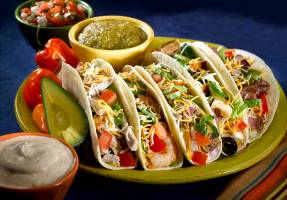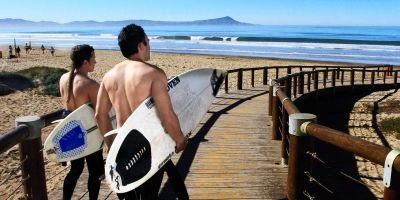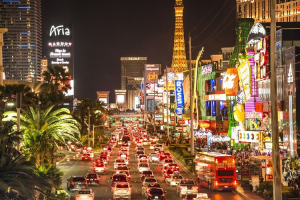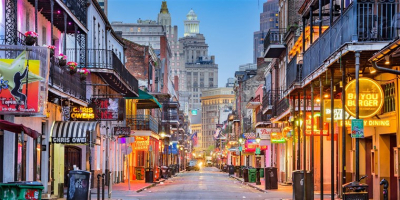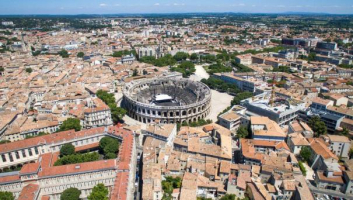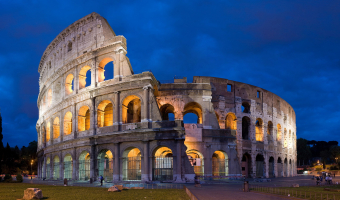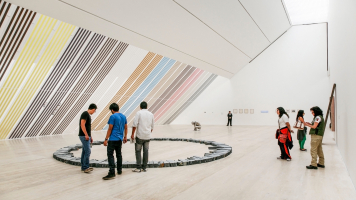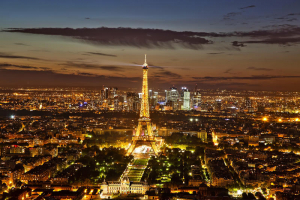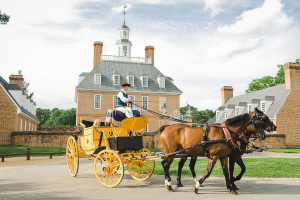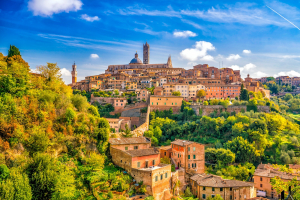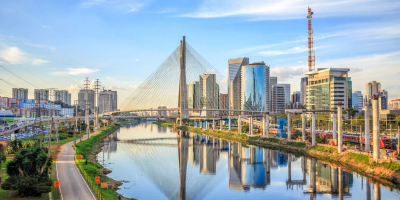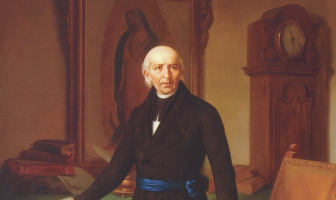Top 10 Best Ancient Cities in Mexico
Mexico is a country with an admirable history. Since time immemorial, people have built cities with an incredible degree of planning. Let's find out with ... read more...Toplist the best ancient cities in Mexico!
-
The first position on the list of the best ancient cities in Mexico is Tulum. Located in Quintana Roo, Mexico, Tulum is a Maya complex that was inhabited during the thirteenth and sixteenth centuries. The Tulum ruins are still one of Mexico's most popular tourist destinations because of their stunning clifftop setting over the Caribbean Sea.
One of the final Maya settlements to be built, Tulum faces east and looks out over the Caribbean Sea, making it an ideal location to watch the dawn. Although Tulum's permanent population remained relatively tiny, the walled city was highly prosperous during its heyday, which is thought to have occurred between the 13th and the 15th centuries. Large quantities of obsidian and jade discovered are evidence of the riches brought about by the city's proximity to land and sea trade routes. The city was also fortified, which helped deter raids and invasions. The place was appropriately called because the Yucatan Maya word for "Tulum" is "fence, wall, or trench."
The ruins of Tulum are frequently busy with tourists, including day-trippers from the larger towns along the Riviera Maya and cruise ship passengers on excursions. If you intend to stay in town, go early or late to avoid the busiest times. The Yucatan is hot (although there may be a wonderful wind), and there isn't much shade there, so bring sunscreen, water, and a hat! Bring swimwear and perhaps a towel if you want to take a swim at the beach close to the Tulum ruins or anywhere along the coastline.
Location: Quintana Roo, Mexico
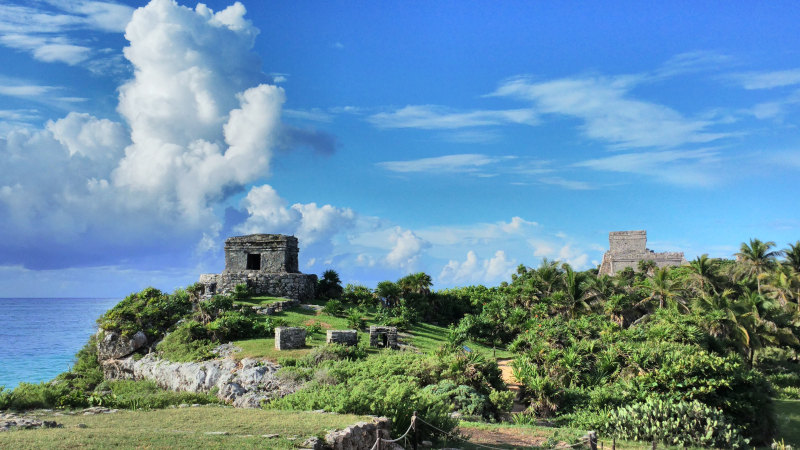
Photo: wikipedia 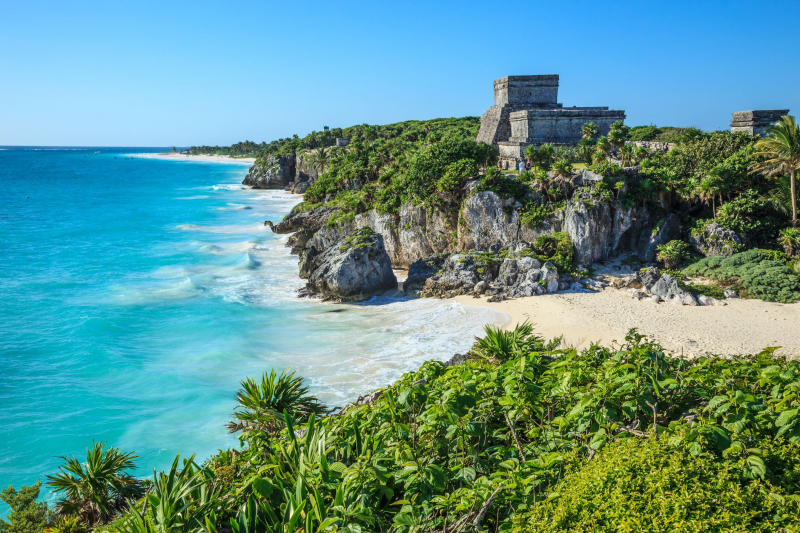
Photo: g-switch.org -
One of Mexico's most popular historical monuments, Chichen Itza is awe-inspiringly well-preserved and imposingly magnificent. Despite being far from pristine, the site has undergone substantial restoration, and it is difficult not to sense the might and intelligence of the Mayan civilization that constructed this city.
The Mayan name Chichen Itza, which translates to "at the mouth of the well of the Itza," was given to the city because of its strategic location near four sizable cenotes (waterholes), which would have provided the city's occupants with an abundance of fresh water. It was one of the biggest Mayan cities at its largest, covering an area of 25 square kilometers and housing up to 50,000 people.
Be ready for crowds; Chichen Itza is one of the most visited tourist destinations in Mexico. We advise showing there as near to opening hours as you can, either at the beginning or the end of the day, to avoid them. The location rarely has any shade and is frequently sunny and hot (or protection, should it rain). Wear comfortable shoes because the place is quite large.
Location: San Felipe Nuevo, Yucatan, Mexico
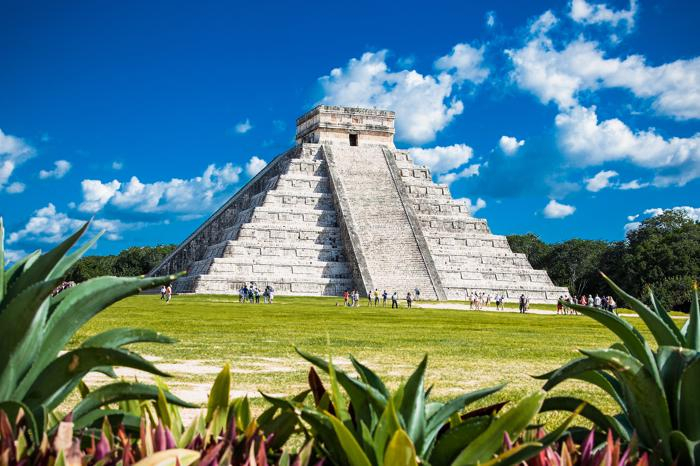
Photo: smart-guide.org 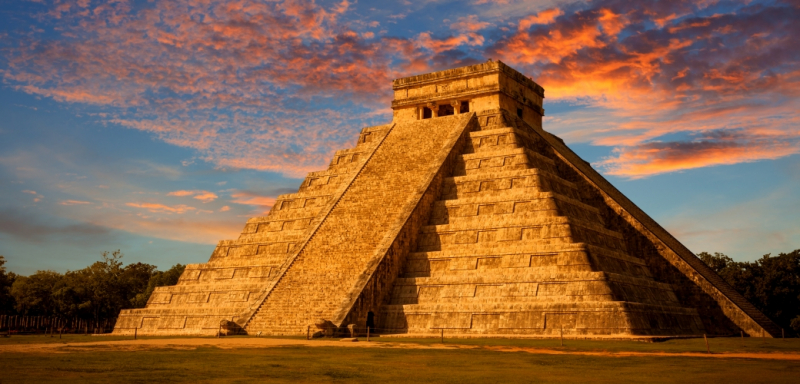
Photo: sworld.co.uk -
One of the best ancient cities in Mexico is Teotihuacan, a holy Mesoamerican city that was constructed approximately 400 BC. Teotihuacan, a UNESCO World Heritage Site that has miraculously survived a fire that ravaged the city in the 7th century, is still a very popular tourist destination for both local and foreign visitors.
When Teotihuacan was at its peak, around the year 400 AD, it covered 30 square kilometers and had a population of about 150,000, ranking it as the sixth-largest city in the world at the time. The city's comparatively quick demise is still a mystery to historians and archaeologists; some think it was destroyed by competing city-states in the area, while others attribute it to severe droughts and climate change during the period.
The buildings along the Calzada de Los Muertos (Avenue of the Dead) are gray today, but they used to be covered in vibrant ceremonial murals. The road, which is almost 40 meters wide and occupies the majority of the 4 kilometer property, continues to serve as the complex's central axis.
Location: Mexico state, Mexico
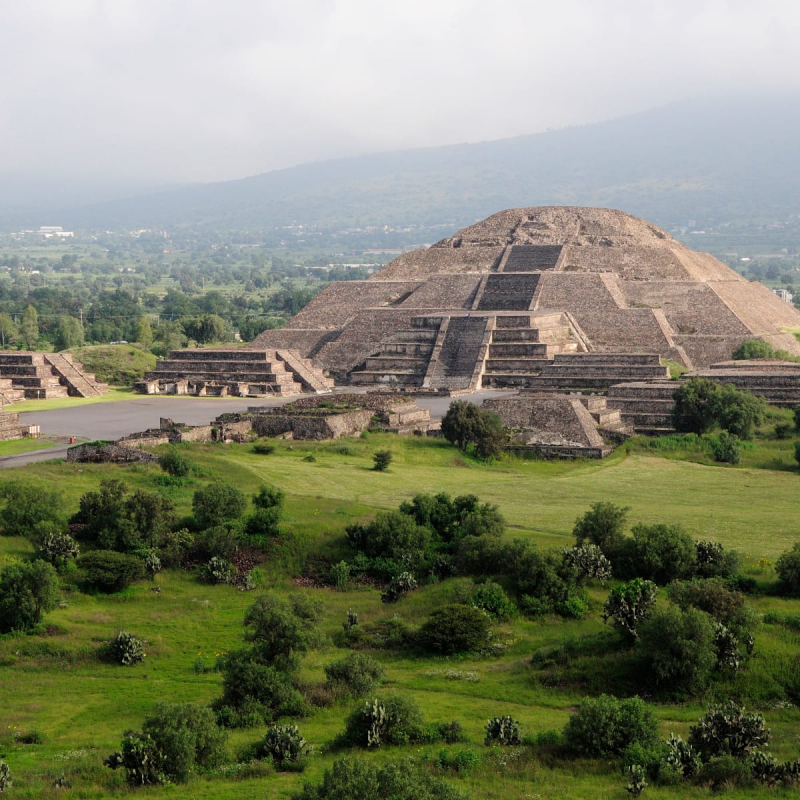
Photo: history.com 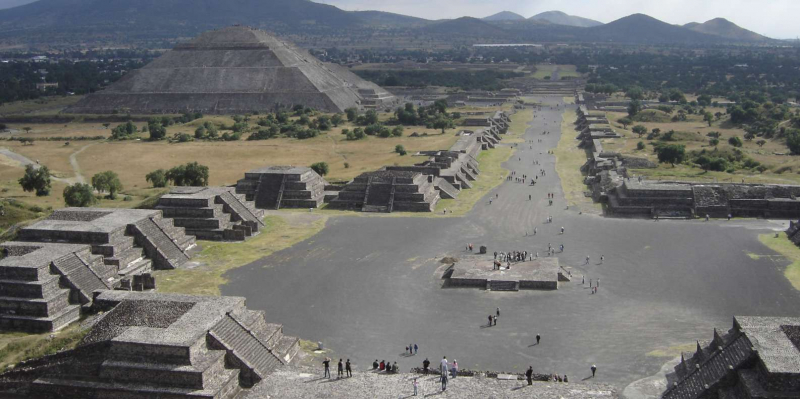
Photo: getyourguide.com -
The second-largest ceremonial site in Central America and the capital of the Zapotec civilization originally stood at Monte Alban. It was formed by an amazing effort that included excavating a flat area out of a mountain rising to an elevation of nearly 1,600 feet above the valley below it. The location is still spectacular today. A number of civilizations, including the Olmecs, Zapotecs, and Mixtecs, inhabited Monte Alban for around 1,500 years, and at its peak, there were about 25,000 people living there.
A lot of people visit the place, especially on weekends. Monte Alban is extremely large, therefore it's wise to wear comfortable footwear. There isn't much shade, so if it's hot outside bring water and a hat. Great views can be had from Monte Alban, especially on a clear day.
Though there isn't much signage in English, there is a fine museum at the site's entrance that contains artifacts from the Monte Alban excavations. There are guides available; look for them at the entryway. Check their credentials because some are legitimate while others are not.Location: Oaxaca, Mexico
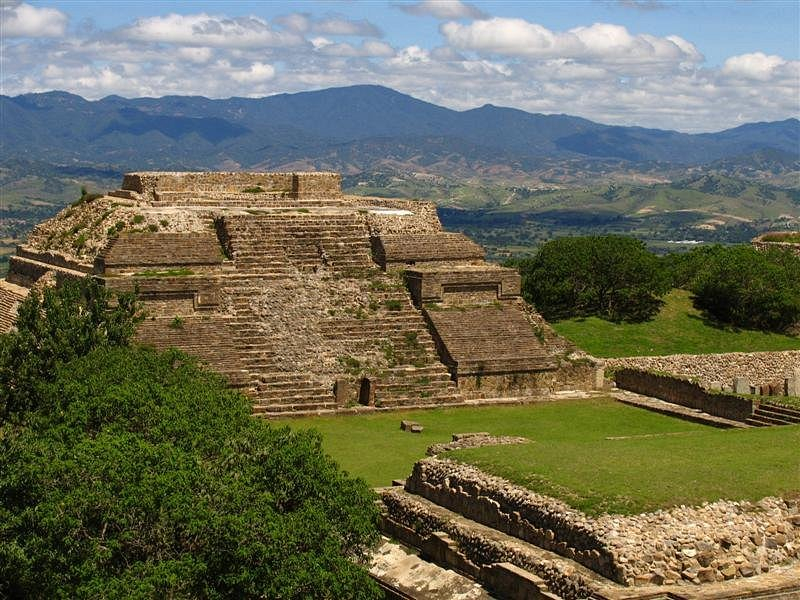
Photo: tripadvisor.com 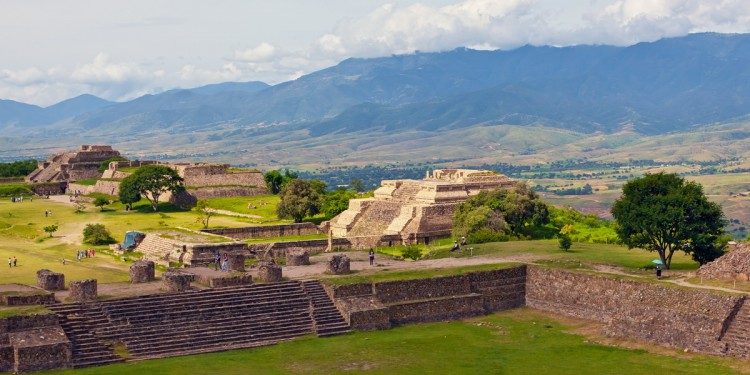
Photo: mexperience.com -
Xochicalco is a significant pre-Columbian site in Mexico that was added to the UNESCO World Heritage List for its surviving ruins that date from a crucial era in Mesoamerican history. At Nahautl, Xochicalco means "in the house of the flowers." It was once a thriving metropolis with 20,000 residents at its height, which is thought to have been between 650 and 900 AD.
Many people consider the Temple of the Feathered Serpent to be a particular highlight because of how beautifully maintained its decorative features are and how they combine Teotihuacan and Maya styles. Also quite stunning is the pyramid; keep an eye out for the ornamental feathered serpents.
Ball courts, palaces, temples, monuments, and residences are all expertly placed among terraces, plazas, and ramps in the spectacular hierarchy of remains at Xochicalco. On-site, there is a modest museum with artifacts, and paid guided tours are offered. If you travel during the summer, pack plenty of drinks, sturdy footwear, and a hat because it gets hot and there isn't much shade. Watch out for the iguanas that wander the area as well!
Location: Morelos, Mexico
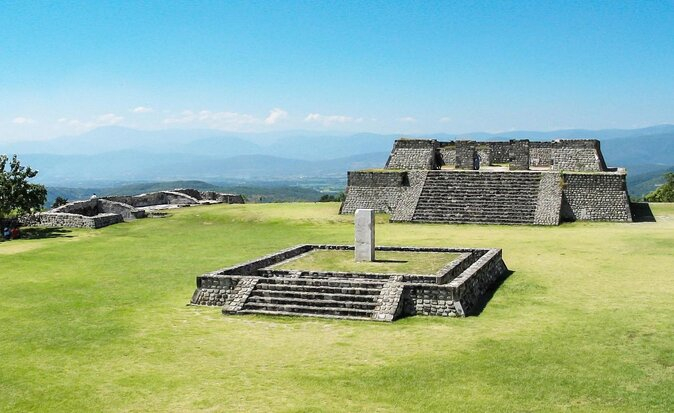
Photo: viator.com 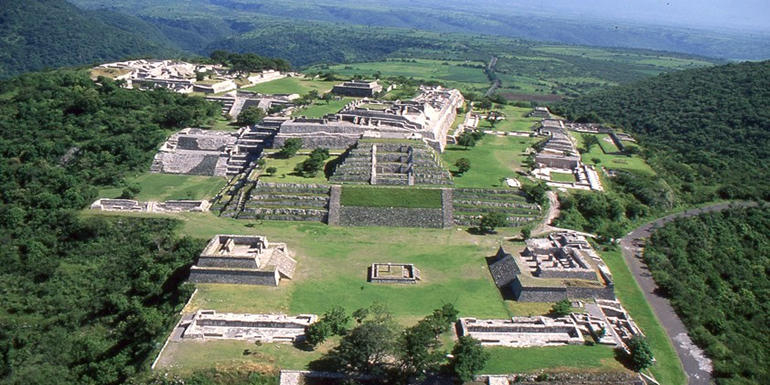
Photo: mexicanroutes.com -
The next position on the list of the best ancient cities in Mexico is Palenque. It is situated outside of the contemporary Palenque city in Mexico. Palenque is believed to have been first settled around 100 BC, and excavations have turned up texts describing a monarch who ruled there in the fifth century AD. Despite this, the city was repeatedly assaulted by residents of other cities.
Palenque is an amazing destination to explore, and its isolation adds to its atmosphere. Go early in the morning to avoid crowds and to take in the scenery before it gets too hot; the humid heat of the rainforest is exhausting. If the conditions are ideal, you could see the ruins covered in mist in the early morning hours. Also, when the tourists leave for the day, dusk is an excellent time to visit.Wear sturdy footwear because there are numerous climbs and you'll be traveling through jungle paths. If you want refreshments or additional information, there are vendors and guides providing their services outside. It is worthwhile to visit a modest but interesting museum that houses many of the items from the Palenque.
Location: Palenque, Chiapas, Mexico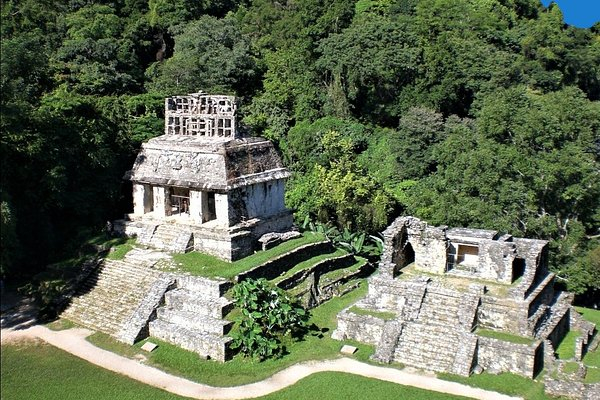
Photo: tripadvisor.com.vn 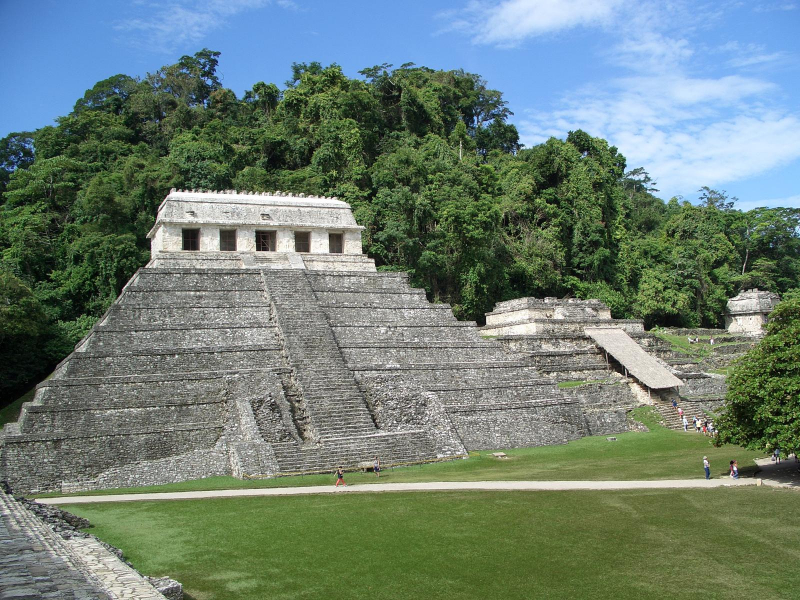
Photo: wikipedia.org -
The Yucatan Peninsula's Ek Balam or Ek' Balam is a Maya site with some spectacular remains. Ek Balam, also known as "the Black Jaguar" or "the Star Jaguar," is surrounded by a low stone wall, which is unusual for Mayan cities. This region contains numerous restored pyramids, a sizable temple, and a basketball court. Between around 770 and 840 CE, Ek Balam reached its pinnacle before being abruptly abandoned. According to archaeologists and historians, the city may have been attacked by invaders because of the fortifications that encircle it.
With a length of 160 meters, the Acrópolis is the longest Mayan building ever found. After being abandoned, the city was gradually reclaimed by the jungle; it is mentioned in various Spanish chronicles and a French archaeologist named Desire Charnay conducted some excavations there in the late 19th century. The first significant archaeological digs were actually conducted about a century later.
The remains, which are still partially covered in vegetation and have a very eerie atmosphere, are a quick and fascinating half-day journey from Valladolid. Take note of the extremely elaborate and lovely carvings. The site is rather large, so bring a drink and comfortable walking shoes.
Location: Unajil Ekbalam, Yucatan, Mexico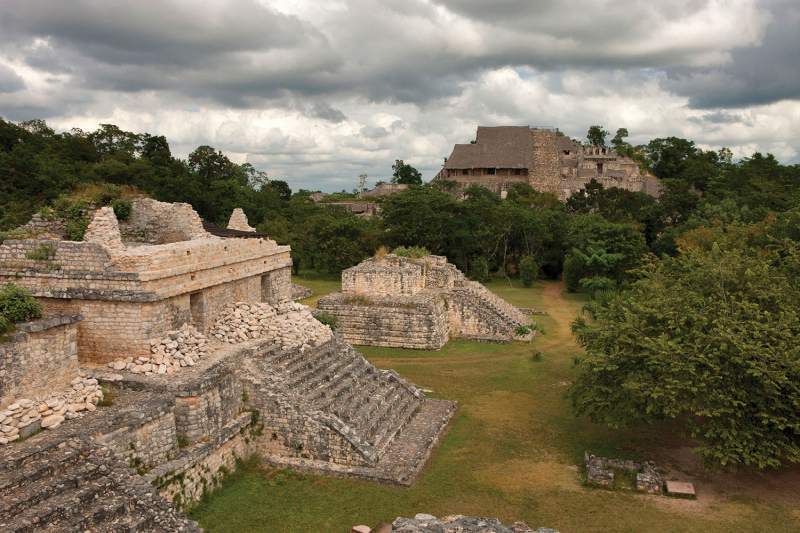
Photo: inah.gob.mx 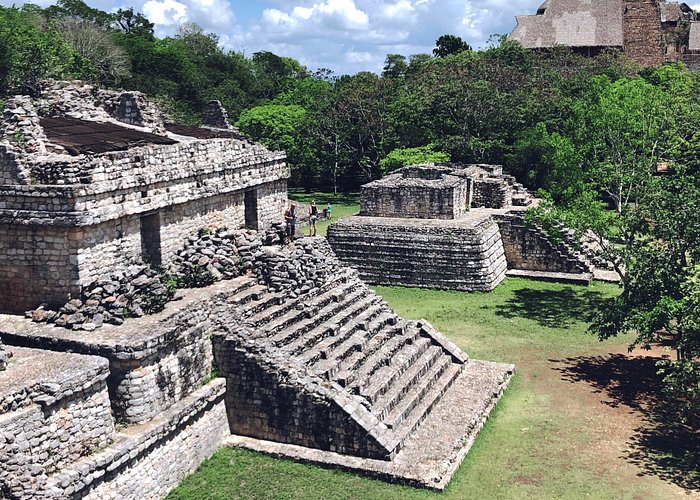
Photo: tripadvisor.com.vn -
Although the majority of the buildings and structures still standing at Uxmal were built between roughly 700 AD and 1000 AD, the remnants of a Maya town considered to have been inhabited as early as 800 BC may be found there. It is regarded as one of the most stunning Mayan sites and was in remarkably good shape when it was discovered during a 19th-century excavation.
Uxmal, which literally translates to "thrice built," was really built five times. It was first occupied around 600 AD, and given how dry the region is, it is another example of the outstanding Maya engineering talents. The architecture is renowned for its elaborate ornamental patterns, consistent usage of images related to the rain god Chaac, and even proportions.At its height, Uxmal had a population of about 25,000 people, was a wealthy city and a religious center with important ceremonial significance, and ruled over neighboring cities in the Puuc hills. If you can, go early or late because the location can get busy. There will be plenty of climbing on pyramids, so bring sturdy footwear. The views from the top are fantastic. You're better off bringing your own food and drink unless you're willing to pay for what's on sale on-site because there aren't many beverages available there. Additionally, a small museum houses some of the Uxmal archaeological artifacts.
Location: San Isidro, Yucatan, Mexico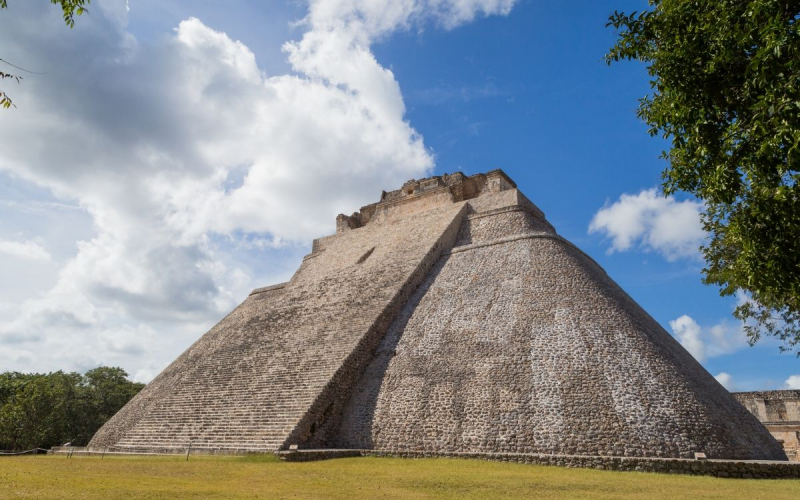
Photo: locogringo.com 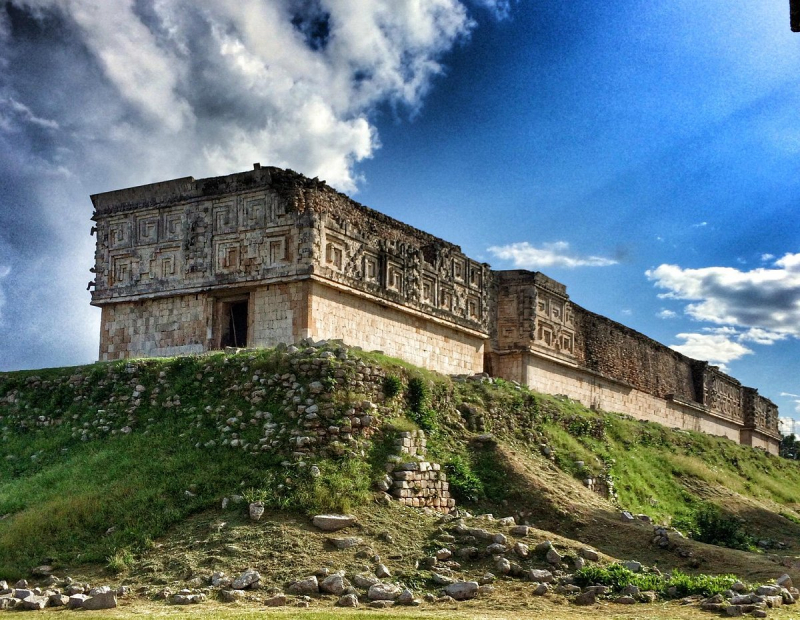
Photo: tripadvisor.com.vn -
The ruins of a once-vast Maya metropolis can be found in Cobá, Quintana Roo, Mexico. The city's development is estimated to have started around 632 AD and peaked between 800 and 1100 AD. Although it is estimated that Cobá once covered a vast 60 square kilometers and housed up to 50,000 people, the current archaeological site has not yet uncovered all of its artifacts.
Even though Cobá started to collapse in the 12th century, it continued to be a significant location with buildings built and maintained at least until the 14th century and possibly until the conquistadors' arrival in the early 16th century, at which point it was abandoned.
Cobá is buried deep in jungle vegetation and is recognized as one of Mexico's more evocative sets of ruins. There are lots to explore; set aside half a day, dress in good shoes for climbing, and bring insect repellent.
Bike rentals are offered on-site, and there are cenotes nearby (approximately 7 kilometers). If you want to have some food or drink, the contemporary town of Cobá is only a couple of kilometers away. Cobá is one of the best ancient cities in Mexico.Location: Macario Gomez, Quintana Roo, Mexico
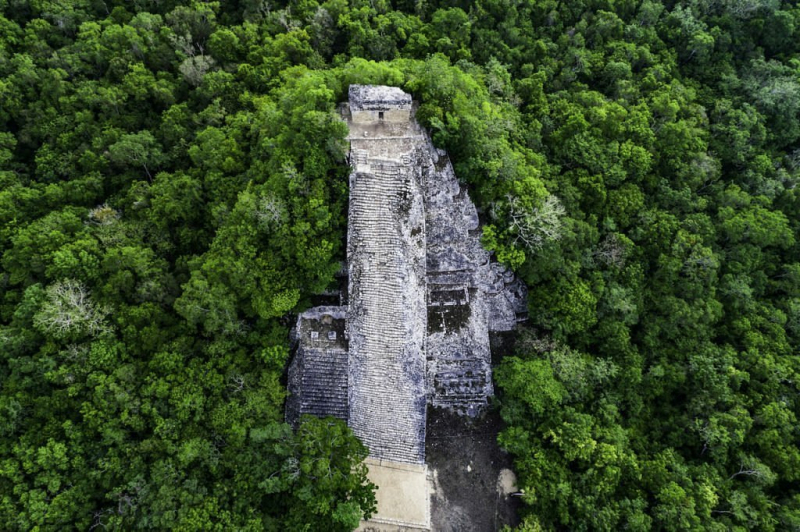
Photo: tripadvisor.com.vn 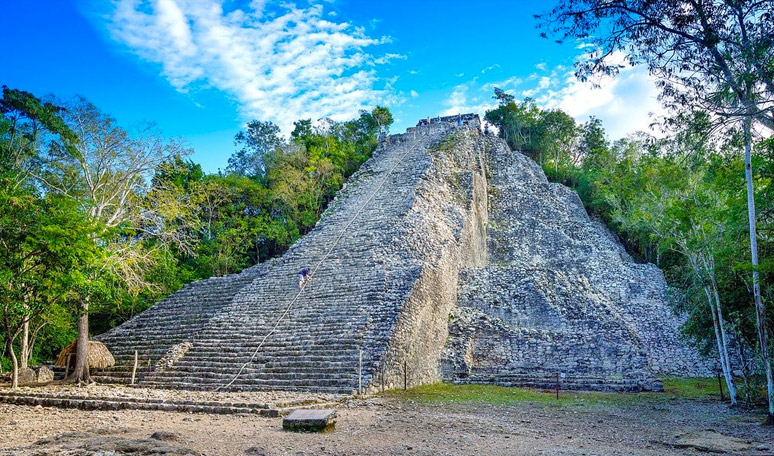
Photo: cancunadventure.net -
A magnificent archaeological site called El Tajin in the Mexican state of Veracruz once served as the Totonac state's capital. In actuality, "Tajin" refers to the Totonac god of lightning, thunder, and rain. Even though a significant portion of it has still to be excavated, it is currently a UNESCO World Heritage site and is open to the public.
Teotihuacan's abandonment led to the establishment of El Tajin. El Tajin was a bustling city of significant ceremonial significance that was built and occupied between 800 and 1200 AD, as evidenced by the several Mesoamerican pyramids and other ceremonial monuments that can still be found there today. Despite the fact that much of El Tajin is supposed to have been severely destroyed, if not completely burned to the ground, after a Chichimec attack in the thirteenth century, it is remarkably well-preserved and offers a wide variety of sights.
The entire site can be seen in about 2 hours, and guides are offered for a slight additional cost. With explanations in English, Spanish, and — appropriately — Totonac, El Tajin contains a modest but excellent museum. El Tajin is frequently very peaceful because it is located far enough from the gringo route to nearly guarantee few tourists arrive, and because the surrounding tropical vegetation adds to the atmosphere.
Location: Ojital Viejo, Veracruz, Mexico
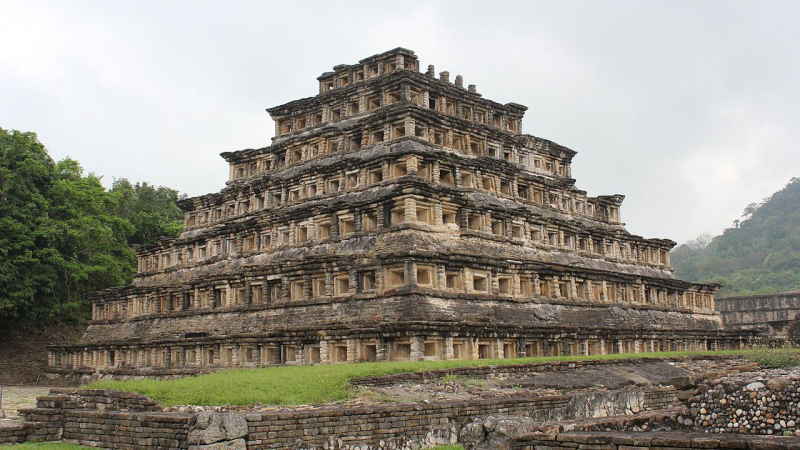
Photo: thoughtco.com 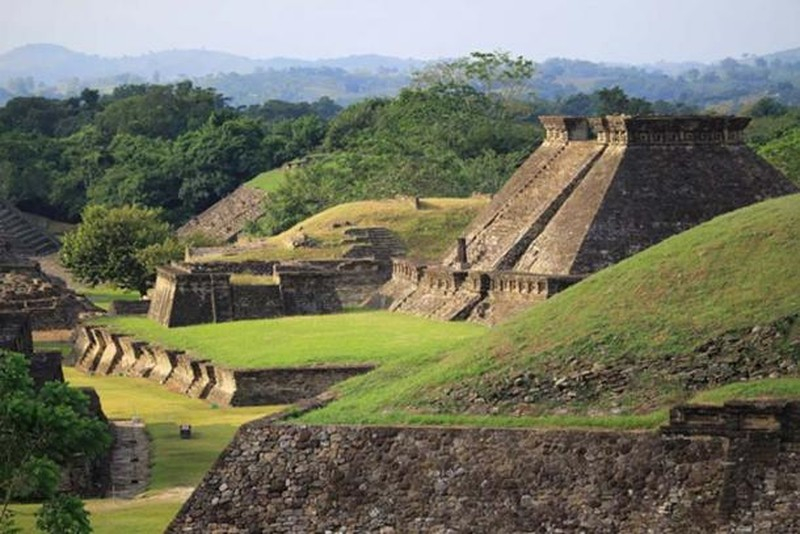
Photo: kienthuc.net.vn













